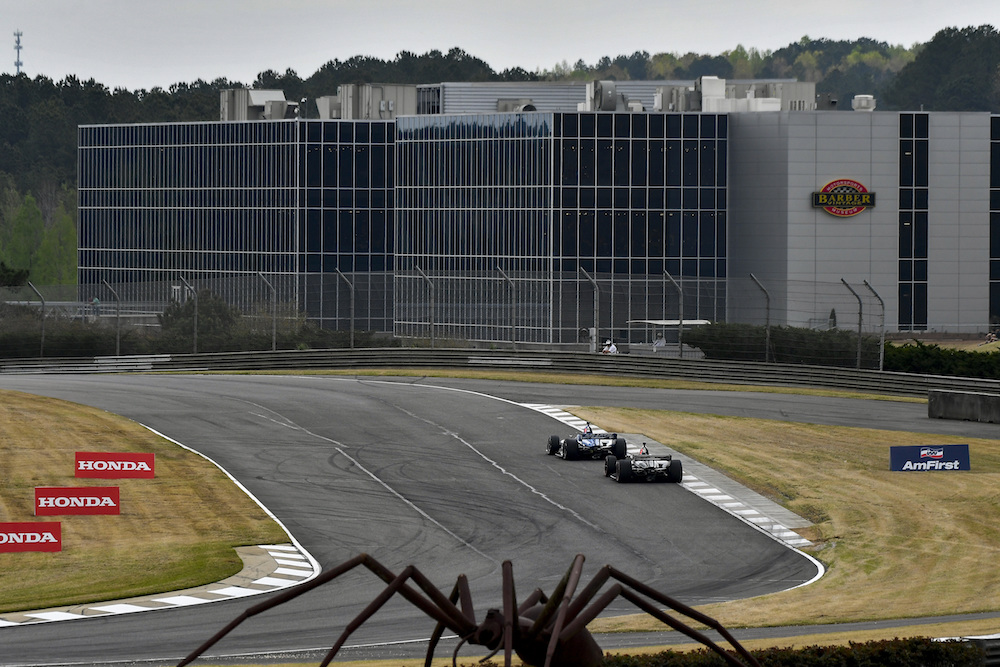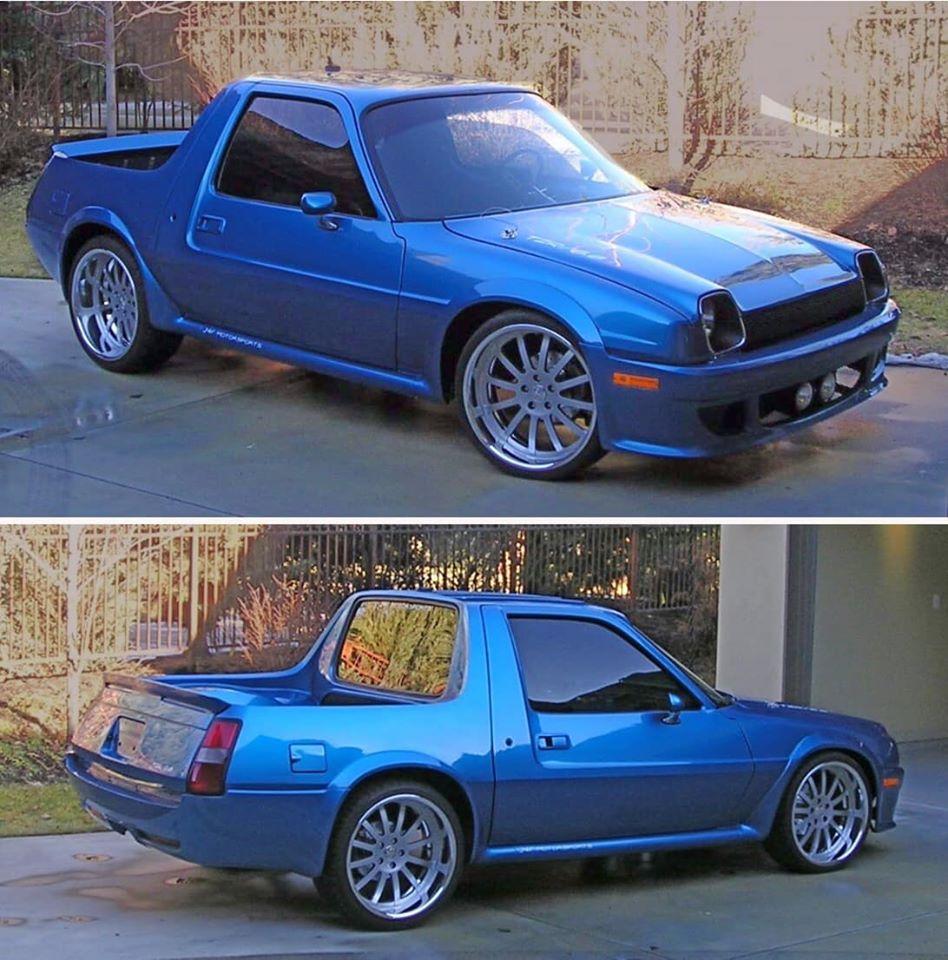
Hasbro
SuperDork
2/3/20 5:46 p.m.
My bee keeper friend brought by some more starter hives, which are called nukes. In ten days he'll move them to larger boxes called "deeps" and then further down the road he will move into the "supers". It was 72! today and the bees are all over the place. Some of the new guys were landing on the yellow bollards, I imagine being confused and thinking they were flowers.

This is his bee van, a 93 Suby, awd, 40 mpg. He bought it from a guy in N. C. that sells them for $7k. His had 8,000 miles on it. The big middle windows behind the b pillars crank manually.


Though there are no rules about beehive configuration, supers are generally for honey production and typically put on the top of the hive in the spring or when there are nectar-producing flowers. The first picture shows at least one of each of the common beehive parts. The second hive from the left consists of a single deep, a shallow super and topped with a medium super. The last five are nucs.

L. L. Langstroth patented this modular system in the 1850s. In normal configuration, each box contains ten frames stacked side by side like books on a shelf. Any frame can be removed and relocated within the box or to another box or to another hive, which is useful if a weaker hive needs some eggs, pollen, or honey. Frames can also be removed and placed in a smaller box (the nucs above) to divide a strong colony into two or more colonies. A thin sheet of wax is placed in the frames that prompts the bees to build the comb within the frame and keeps them removable. Oddly, if no starter wax is provided, the bees almost always build diagonally across several frames. This makes frame removal impossible without serious damage to the comb.
This style of hive, with removable frames, is generally the only acceptable way to keep honeybees according to most state governments, as it allows a Dept. of Ag. inspector full access to the colony in order to assess health.
The middle six or so frames of the bottom boxes typically contain the queen, eggs and larva in various stages, and a lot of nurse bees. The outer frames contain pollen and some honey. If the frames are shuffled out of order, within a few days, the bees will remove the contents from displaced combs and reconfigure the hive to return it to normal conditions. The top boxes contain the surplus honey and is what is harvested in the fall. A fully loaded medium super can contain around 30-40 pounds of honey.
Each bee follows a progression of work duties from birth to death. All of the bees you see out collecting pollen a nectar are the oldest worker bees in the colony and doing the final job. Eventually their wings will wear out and they will not return to the hive.
What do bees do when they meet each other?
Give a hive-five!
Hasbro said:
This is his bee van, a 93 Suby, awd, 40 mpg.

My son keeps bees. He rode one day wth a friend through Manhattan with 50 Nucleii (Nucleus es?) which is a box with 10,000 bees inside. They keep hiives on rooftops and the bumblers pollinate the city. Yeah, he's been stopped, windows up, car filled with smoke, two guys wearing bee outfits.
Oh yeah, I gotta make a spider!


Hasbro
SuperDork
2/4/20 12:24 p.m.
Apis, good stuff (which would be expected with your moniker!), thanks.
This can't be good. Only saw one live bee, a dead one at the entry, and debris (maybe collected pollen?) at the entry. Dead queen? The other nucs look fine. Tom the bee guy will come by later.


From what I can see, the debris is likely cappings from brood cells, judging by the color. Brood cell cappings are thicker and dark brown, whereas honey comb is capped with very thin white wax. That's typical of a working hive, though you should see a few guard bees and a few cleaning the entrance (jobs of younger bees). If bees in the other colonies are out working, that one should also, so there may be a problem. A nuc doesn't have a lot of bees anyway and if it's new and they weren't given five drawn frames of comb, it's possible they are inside building new comb so the queen can lay eggs. All activity is directed by the queen via queen mandibular pheromones (the smell of her mouth). Normally you'll see bees hovering in front of the hive orienting before they fly off. You could knock on the side to see if there are bees inside.

Here you can see the normal pattern of a frame from the brood chamber (lower deep). The center portion is capped brood nearly ready to hatch and the likely source of the debris. The outer edges shows capped honeycomb. The uncapped cells between them likely contains eggs and larva not ready to be capped. When a new bee emerges, the first job they do is to clean the empty brood cells and this produces chewed bits of wax and cocoon which falls down and is carried out.
914Driver said:

A boat that size that’s not white! I dig it.

Duke
MegaDork
2/5/20 7:09 a.m.
My friend Mike, who also built an awesome Omni GLHS, is building a 300 convertible with the V10 / 6 speed out of one of those Viper-engined trucks, into a Hellcat IRS rear. It's going to be epic:


Storz
SuperDork
2/5/20 8:01 a.m.
Adrian_Thompson said:

I used to see this car around SE Michigan regularly. I havne't seen it for a few years though.
The AAT Heldo! I remember seeing it at Woodward back in the 90s.
https://www.motorauthority.com/news/1023174_advanced-automotive-shows-heldo-sports-car-at-woodward-cruise
914Driver said:

Edit* media embed no worky?

Donebrokeit said:

That's to bad, I was there yesterday.
Donebrokeit said:

All I could think of is this:


Duke
MegaDork
2/5/20 1:45 p.m.
I'd rock this thing. I would, however, remove any Ferrari branding:
































































